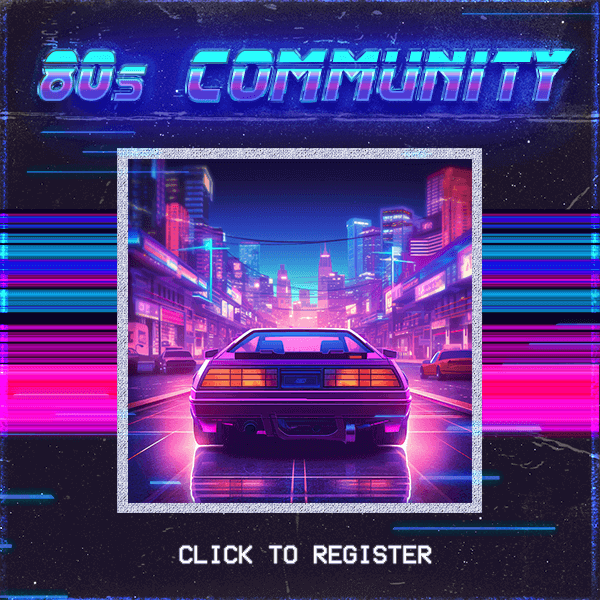
On this day October 3 1982, Split Image premiered in theaters, delivering a gripping psychological drama about manipulation, identity, and the power of belief. The film told the story of Danny Stetson, a promising young athlete whose life takes a dark turn after he is lured into a religious cult that seeks to control every aspect of his existence.
The story followed Danny’s transformation as he becomes deeply involved in the group, cutting ties with his family and friends. His parents, desperate to save him, enlist the help of a deprogrammer, leading to a tense and emotional battle over his freedom, sense of self, and future. The film’s intense performances and realistic portrayal of cult indoctrination made it stand out as a thought provoking and timely exploration of a growing social concern.
Split Image tackled themes of vulnerability, persuasion, and the struggle for personal autonomy, reflecting broader fears in the early 1980s about the rise of cults and their influence on young people. Though it did not achieve major box office success, it earned praise for its strong performances and its unflinching look at a difficult subject.
80s insight: Split Image captured a cultural moment when questions about belief, control, and identity were becoming central to public conversation, highlighting the decade’s concern with the power of influence.
The story followed Danny’s transformation as he becomes deeply involved in the group, cutting ties with his family and friends. His parents, desperate to save him, enlist the help of a deprogrammer, leading to a tense and emotional battle over his freedom, sense of self, and future. The film’s intense performances and realistic portrayal of cult indoctrination made it stand out as a thought provoking and timely exploration of a growing social concern.
Split Image tackled themes of vulnerability, persuasion, and the struggle for personal autonomy, reflecting broader fears in the early 1980s about the rise of cults and their influence on young people. Though it did not achieve major box office success, it earned praise for its strong performances and its unflinching look at a difficult subject.
80s insight: Split Image captured a cultural moment when questions about belief, control, and identity were becoming central to public conversation, highlighting the decade’s concern with the power of influence.










